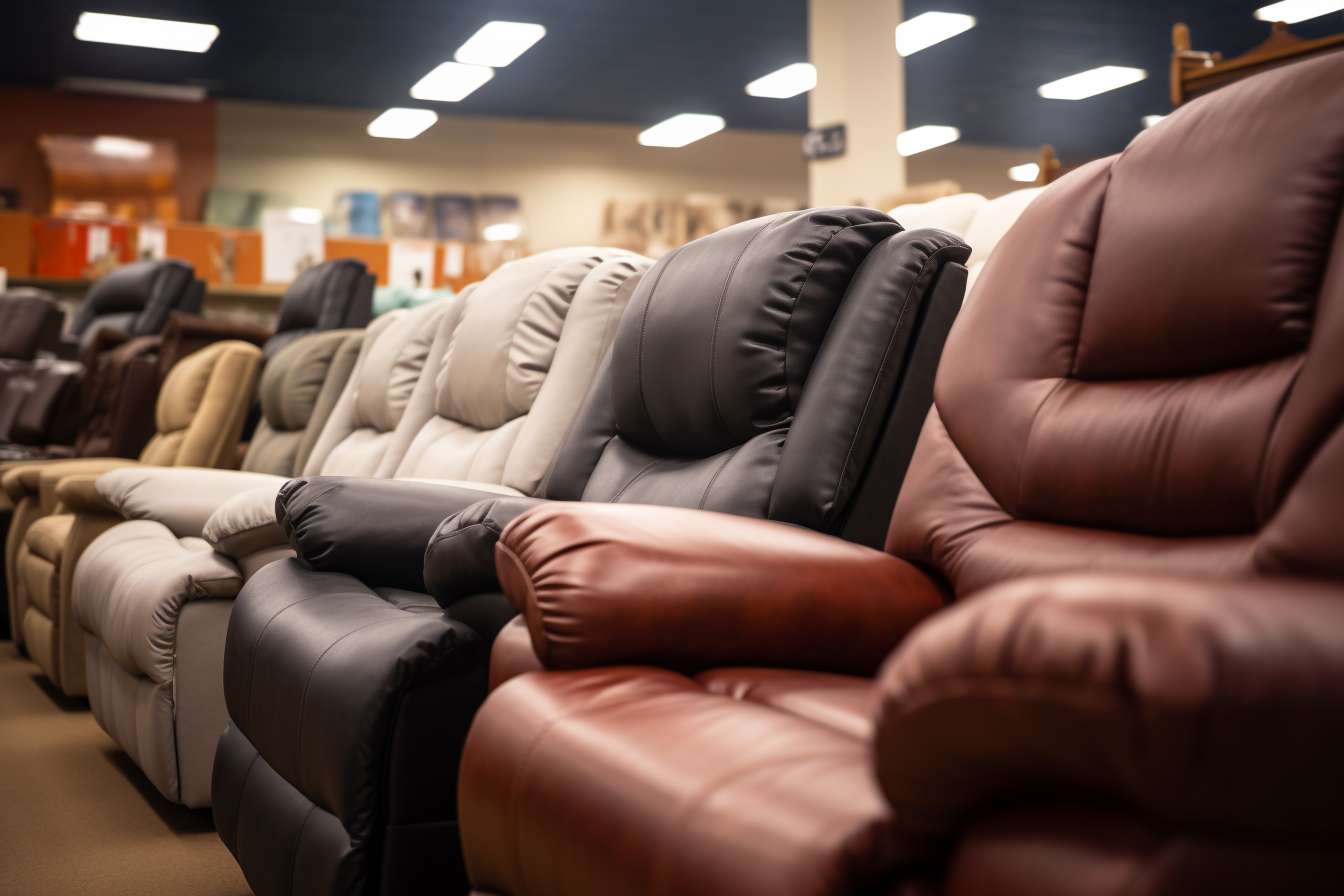Why Sofas Are Out in 2025—The New Living Room Look People Love
As we step into 2025, the traditional sofa is taking a backseat in living room design. Homeowners and designers alike are embracing innovative alternatives that prioritize flexibility, comfort, and personal expression.Discover why sofas are out and what’s replacing them in the most stylish homes this year.

The living room has long been centered around the sofa—that substantial piece of furniture that anchors the space and dictates how we interact within it. However, as we move toward 2025, interior design experts and homeowners alike are challenging this convention, opting instead for more flexible, personalized arrangements that better suit contemporary lifestyles. This evolution reflects broader societal shifts toward adaptability, sustainability, and spaces that truly reflect individual needs rather than prescribed norms.
The Decline of the Traditional Sofa
For decades, the standard three-seater sofa positioned against a wall has dominated living room layouts. However, this arrangement is increasingly viewed as limiting and outdated. Design data shows that purchases of traditional sofas have decreased by approximately 15% over the past two years, with the decline accelerating. Homeowners report feeling constrained by the fixed nature of large sofas, which often dictate a single focal point and limit interaction.
The traditional sofa also presents practical challenges in smaller living spaces, which are becoming more common in urban environments. As housing footprints shrink and multifunctional spaces become necessary, bulky sofas that serve only one purpose are losing their appeal. Additionally, younger generations are expressing less interest in investing in large, permanent furniture pieces as they value mobility and adaptability in their living situations.
Embracing Modular and Flexible Seating
In place of the traditional sofa, modular furniture systems are experiencing a surge in popularity. These versatile pieces can be rearranged to accommodate different activities, group sizes, and spatial needs. Sectionals that can be broken apart, ottomans that double as seating or tables, and lightweight chairs that can be easily moved are becoming the new living room staples.
Floor cushions, poufs, and oversized floor pillows offer even greater flexibility, allowing for casual, comfortable seating arrangements that can be completely reconfigured or stored away when not needed. This approach supports the growing desire for living rooms that can transform from intimate conversation areas to entertainment spaces for gatherings, or even temporary work-from-home setups.
Manufacturers are responding to this shift by developing innovative furniture systems designed specifically for adaptability. Many new pieces feature built-in storage, integrated technology, and materials selected for durability and ease of movement.
The Rise of Floor Living
Perhaps the most dramatic departure from traditional living room design is the growing embrace of floor living—a concept borrowed from various global cultures where life happens closer to the ground. Low-profile furniture, floor cushions, and even tatami-inspired arrangements are gaining traction as alternatives to conventional elevated seating.
This approach creates a more casual, intimate atmosphere while freeing up visual space in the room. Without tall sofas and chairs dominating the view, rooms appear larger and more open. Floor living also encourages more relaxed postures and varied seating positions, which some health experts suggest may be beneficial for physical well-being compared to prolonged sitting in fixed positions.
The floor living concept is particularly popular among those seeking a minimalist aesthetic or drawing inspiration from Japanese, Moroccan, or Scandinavian design traditions. It represents a conscious move away from the formality often associated with traditional Western living rooms.
Personalization and Eclectic Style
As the sofa loses its central role, living rooms are becoming more personalized expressions of individual taste rather than showcases of conventional furniture arrangements. This shift favors eclectic combinations of seating options—perhaps a statement chair paired with floor cushions and a daybed, or a collection of different seating styles unified by color or material.
The freedom from the dominant sofa allows for more creative use of space, including conversation circles, reading nooks, or activity zones that better reflect how people actually use their living areas. Interior designers report that clients increasingly request living rooms designed around specific activities and experiences rather than around a television and sofa configuration.
This personalization extends to materials and aesthetics as well, with more homeowners mixing textures, patterns, and styles to create unique environments that can’t be replicated from a furniture showroom floor plan.
Benefits Beyond Aesthetics
The move away from sofas offers practical advantages beyond visual appeal. Flexible seating arrangements can adapt to changing household needs over time, potentially reducing furniture turnover and waste. Smaller, movable pieces are also easier to clean around and underneath, supporting better home maintenance.
From a financial perspective, investing in a collection of versatile pieces rather than one expensive sofa can allow for gradual updates and replacements without committing to a single large purchase. This approach particularly appeals to younger homeowners and renters who may move frequently or have evolving style preferences.
The health benefits are noteworthy as well. Varied seating options encourage changes in posture and movement throughout the day, potentially reducing the negative effects of sedentary behavior. Some ergonomics experts suggest that alternating between different seating types—from floor cushions to upright chairs—may benefit musculoskeletal health more than consistently using a standard sofa.
As living rooms continue to evolve, the declining prominence of the traditional sofa represents more than just a design trend—it reflects deeper changes in how we view our homes as adaptable spaces that should serve our needs rather than dictate our behaviors. The new living room is personal, flexible, and designed for living rather than simply looking lived-in.




